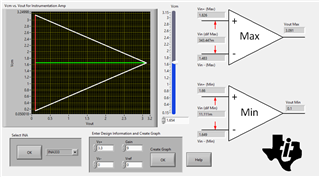Other Parts Discussed in Thread: TIPD170, , LM7705
Tool/software:
I made this design. In this design, I aim to measure temperature using PT1000 resistor. The analog input range of the processor is between 0V and 3.3v.
While designing “www.ti.com/.../TIPD170 I took this application as a reference.
The output of this circuit is between -40 degrees 0.35V / +80 degrees 0.82V. But I want to adjust the mV output between these temperatures to be 0V at -40 degrees / 3.3V at 80 degrees.
What do I need to change in the circuit?
How should I follow a path for design change?




